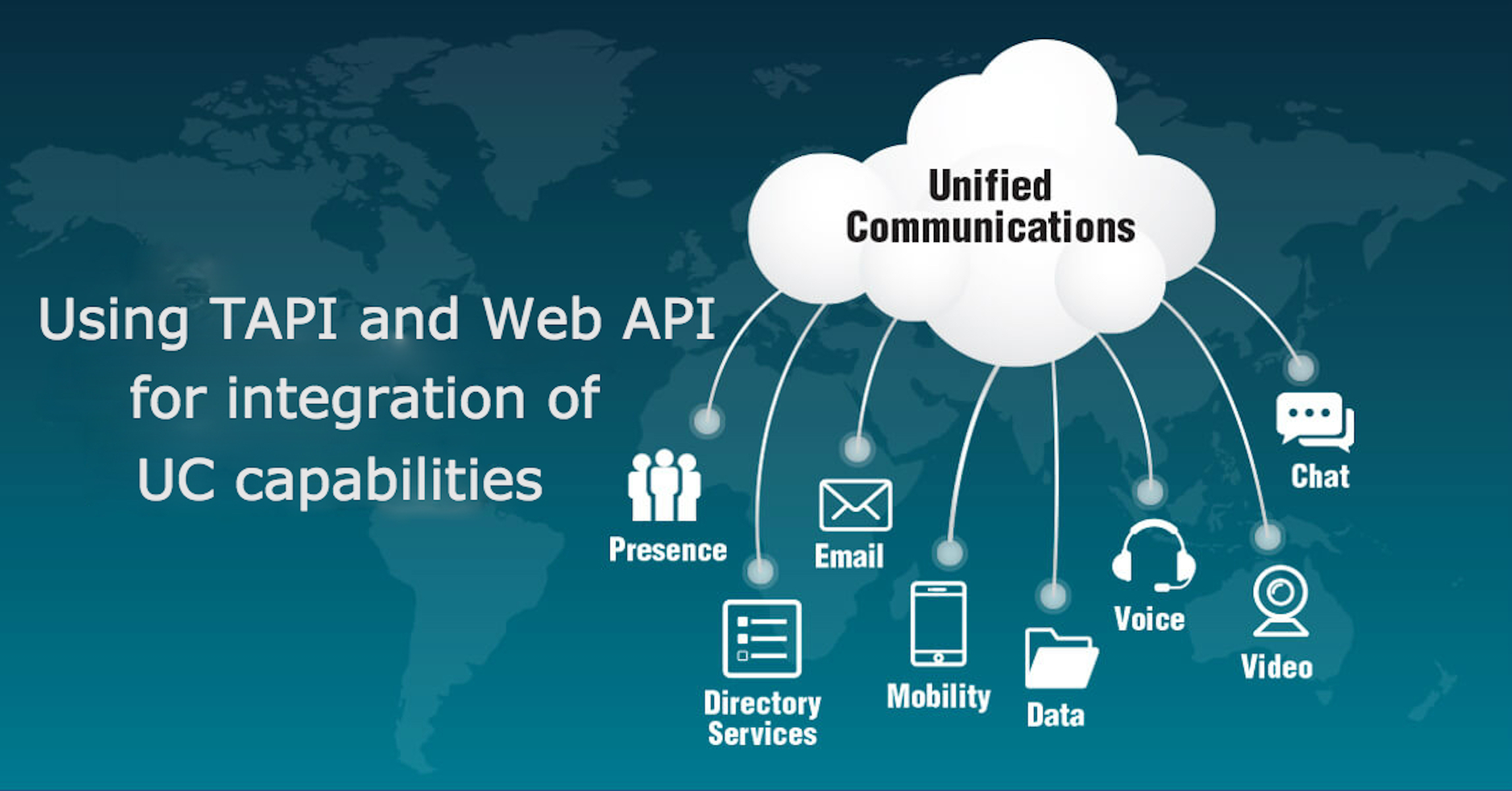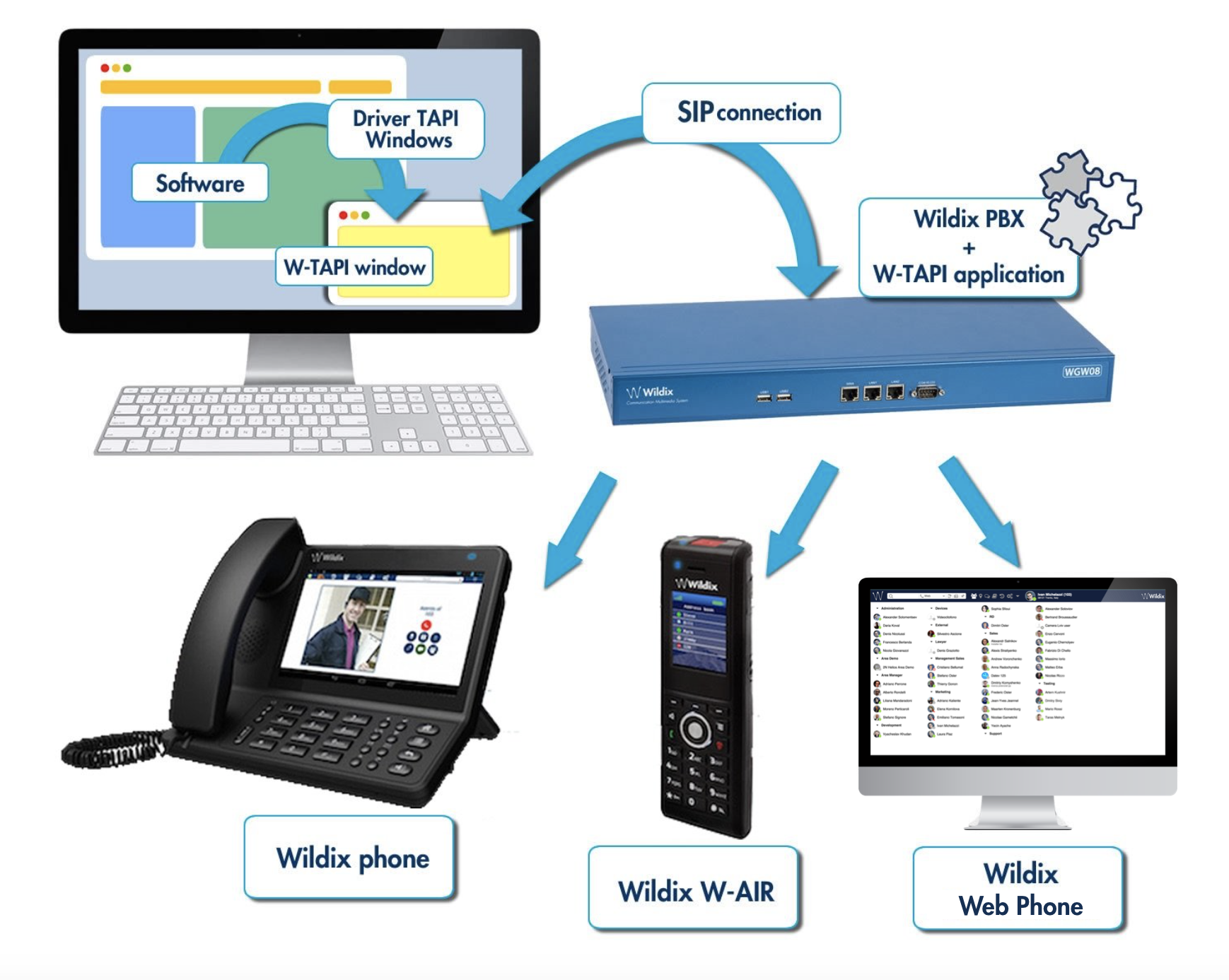 In the previous blog article (TAPI Windows and Web APIs Integrations) we investigated the definition of TAPI and Web API. This time we will discover which Unified Communication capabilities can be integrated using these technologies.
In the previous blog article (TAPI Windows and Web APIs Integrations) we investigated the definition of TAPI and Web API. This time we will discover which Unified Communication capabilities can be integrated using these technologies.
Smart Routing
Even before a user answers the customer’s call, the UC system can automate the processing of the call itself.
It can, for example, determine who should answer the call, the level of service agreed, and even the preferred language. This is done by integrating with our application before the call is delivered to a user.
The integration can be achieved either via TAPI routing points or by using web requests to an external service.
In the case of TAPI routing points, our application receives a notification that there is a call waiting and information about it. After performing all relevant operations, the application can reply by requesting that the call be transferred to a specific operator or to voicemail.
Continue reading “Using TAPI and Web API for integration of UC capabilities”

 Touted at one time as a technology that would revolutionize communications and collaboration, has WebRTC succeeded?
Touted at one time as a technology that would revolutionize communications and collaboration, has WebRTC succeeded?

